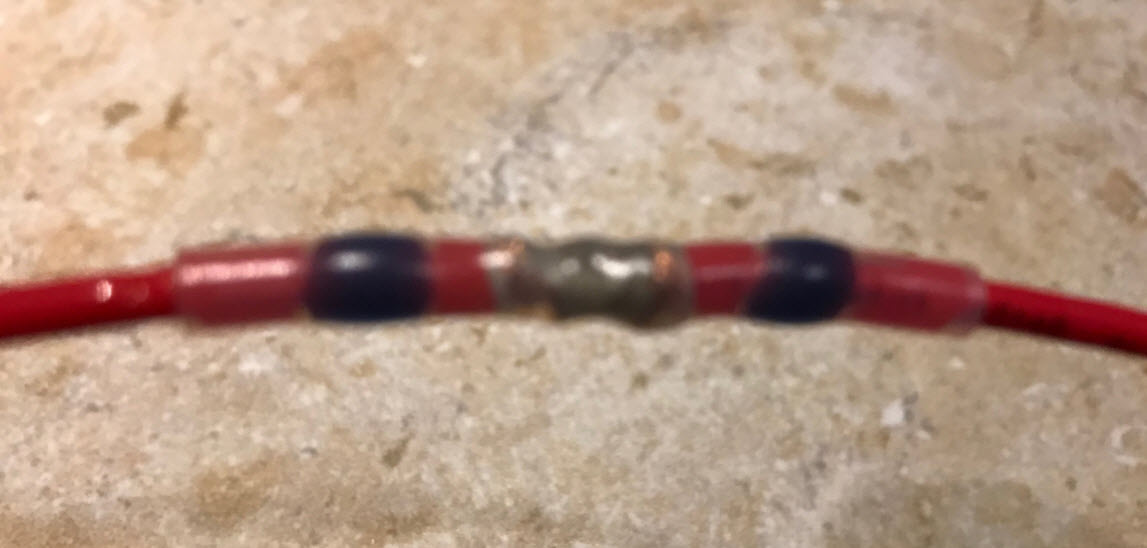I have no problem using a soldering iron and heat shrink but I saw these and wondered if they are all they say they are.
https://www.amazon.com/Kuject-Connectors-Waterproof-Electrical-Automotive/dp/B073RMRCC3
https://www.amazon.com/Kuject-Connectors-Waterproof-Electrical-Automotive/dp/B073RMRCC3


